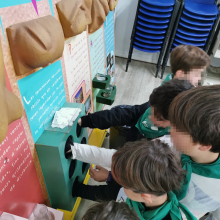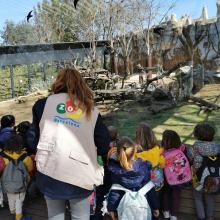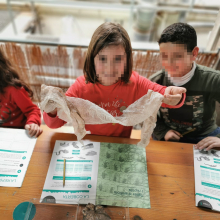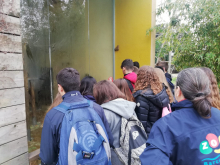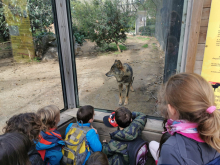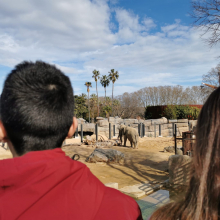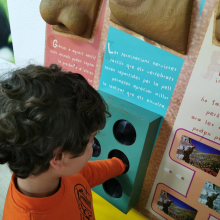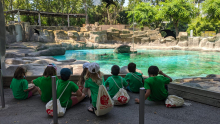
Great naturalists 1
In this house we have discovered the world of great naturalists, we have met them and their great discoveries.
We have approached the species that helped them formulate their theories or that inspired their work while looking at the natural world through the eyes of a naturalist because we are already one more !.
The Zoo educators have also told us many curious things about each animal and we have been able to do a lot of things with them apart from observing them.



